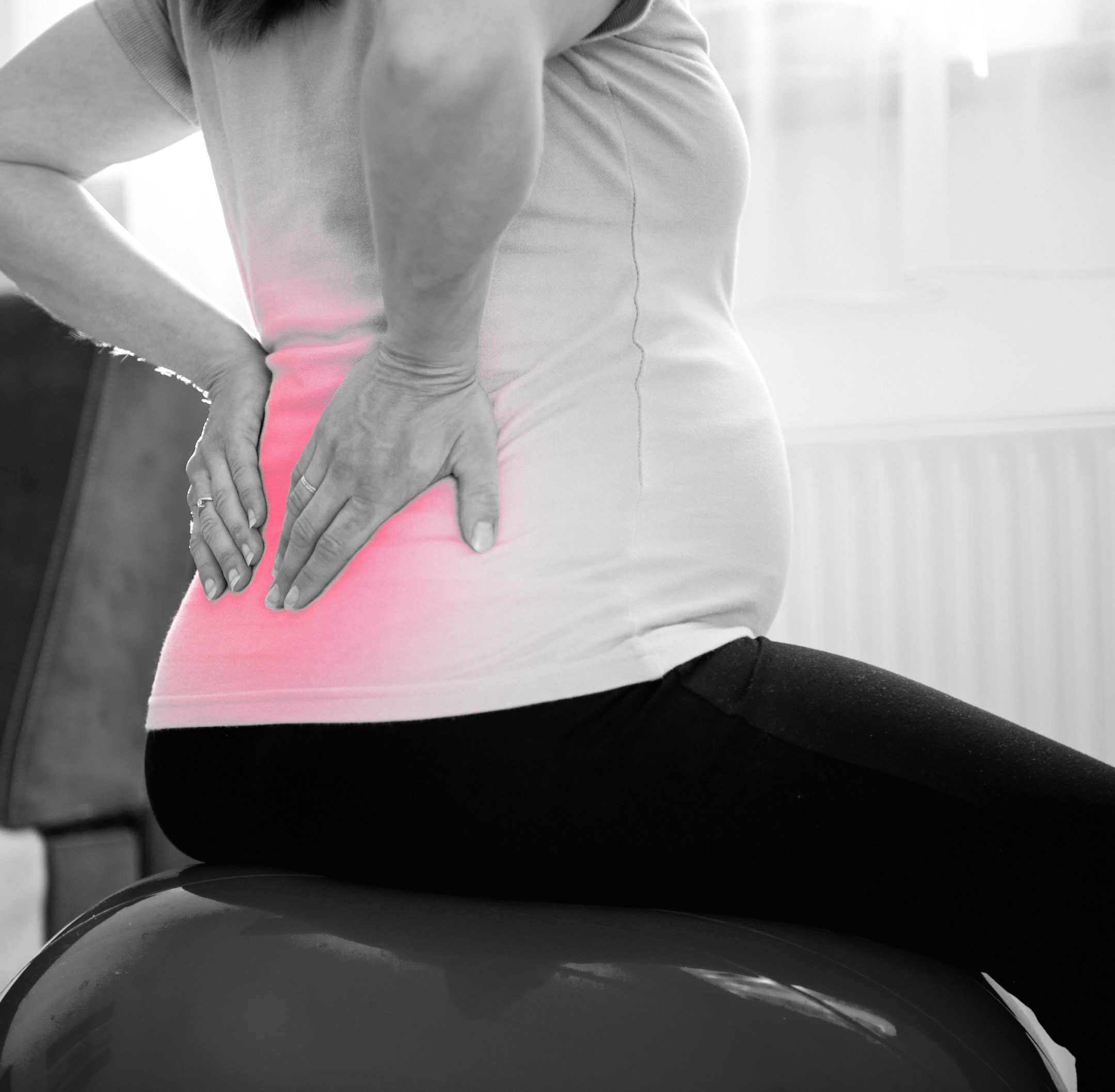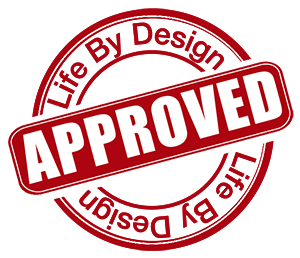
Everything You Need To Know About Low Back Pain During Pregnancy
As if there wasn’t enough to worry about during pregnancy, including back pain in the experience feels like adding insult to injury. If you’re a mom searching for quality information, solutions, and would love to avoid wasting time sifting through miracle cures and magic bullets, these guidelines will give you everything you need to know about low back pain during pregnancy.
What does the data tell us about low back pain during pregnancy?
- Prevalence ranges from 57% to 69%
- Back pain starts early in pregnancy and increases over time
- The 30% of women with the highest pain score reported the greatest difficulties with normal activities
- 9% of women were unable to continue their work because of severe low back pain
- 68% of women with moderate or worse low back pain during pregnancy reported chronic low back pain post partum
- These same women self-reported a reduction in their overall health as well
What Causes Low Back Pain During Pregnancy?
Under normal circumstances, low back pain is a highly complex pain syndrome. With a variety of pain sensitive tissues like muscles, ligaments and discs all potential culprits, there’s also the intricacy of the nervous system that adds a level of involvement to understanding the causes of low back pain.
Regardless of what body part is the main pain generator, we can look to the most obvious initiating factor as a starting point when seeking out solutions.
As months pass and the baby grows, the rest of your body will shift to accommodate for the growing belly. The lower back will gradually start to curve as the pelvis tilts and take on an increased lumbar lordosis, while the shoulders move back to compensate for the shifting centre of gravity and enlarging uterus.
Lastly, the head takes on a more forward position, a condition itself called Anterior Spinal Distortion.
All of this occurs in the presence of a major hormone change that relaxes the ligaments in the pelvic area to allow for an easier birth but also makes the structures in the spine less stable and subject to increased stress.
There is even a chance that late in pregnancy, the abdominal muscles could separate, also leading to a change in posture.
This global postural shift seen during pregnancy increases the stress and strain on the low back and, as the data suggests, makes some form of low back pain almost expected during pregnancy.

Could Low Back Pain Affect My Baby’s Development?
While there is no clear cut research on whether or not low back pain during pregnancy is harmful to the developing child, it’s not a big leap to think that immobility, pain and discomfort could make it far more difficult for a pregnant women to fulfill her vital health requirements.
Low back pain would make it difficult to:
- Prepare and cook whole food meals leading to an increase in processed food consumption (poor in nutrients and rich in irritants)
- Stay on track with training and movement strategies
- Attain high quality sleep
- Keep stress at manageable levels
Although some women will access a strong support team to moderate the above conditions, dealing with any limitation is not optimal for the optimization of a growing baby’s health and development.
What Are The Possible Solutions To Low Back Pain During Pregnancy?
When it comes to solutions, there’s two immediate options…
A women can either seek help from her health care provider or explore possible solutions herself.
Interestingly research shows that only 32% of women actually tell their providers about their symptoms and surprisingly, only 25% of providers even recommend treatment.
This may be in part due to the fact that traditional medical management is limited by the relative contraindication of the risks to the fetus associated with pharmacologic therapy. This is not an indictment of the medical case management for a pregnant woman, simply a matter of fact.
Some 2015 data suggests (and we agree) “management of these patients should be with a multidisciplinary team, providing all the therapeutic options to assure the well-being to the patient, minimize fetal teratogenicity, and avoid chronic symptoms and long-term disability’’.
Here’s how to begin solving your low back during pregnancy:
1. Walking
No rocket science here, take at least a 30 minutes walk every day and keep the uninterrupted sitting at bay.
2. Squat
Spending time in the squat position allows you to explore full hip range of motion, counteract the effects of sitting, and helps restore proper pelvic mechanics.
3. Foam Rolling
Attention to the fascia and muscles will help your soft tissues adapt to the structural changes your body will be morphing through during pregnancy.
4. Corrective Chiropractic
A Corrective Chiropractor can be a vital cog in the health care team for any pregnant woman.
Unlike Traditional Chiropractors who focus more attention to treating collateral damage such as aches and pains (a good thing in some cases), Corrective Chiropractic is aimed at addressing the core problem with the spine and nervous system. In the case of pregnancy, addressing the Anterior Spinal Distortion and underlying structural problems will be central to a viable solution.
But what does the data say ?
A retrospective case series states 94% of cases demonstrated clinically important improvement while the overall group subjective pain score decreased by 75%.
In a 2014 study, 115 Pregnant women with low back or pelvic pain were assessed and the results showed 52% of women ‘improved’ at 1 week, 70% at 1 month, 85% at 3 months, 90% at 6 months, 88% at 1 year.
5. Strength Training
Developing adequate strength globally and within the spinal structures can be enhanced with an appropriate strength development program. Be sure to seek supervision from an qualified trainer or facility.
Are you pregnant and suffering from low back pain?
I know these guidelines will help you to start solving your problem and feeling more like your old self again!
What have you tried? What’s worked for you?












